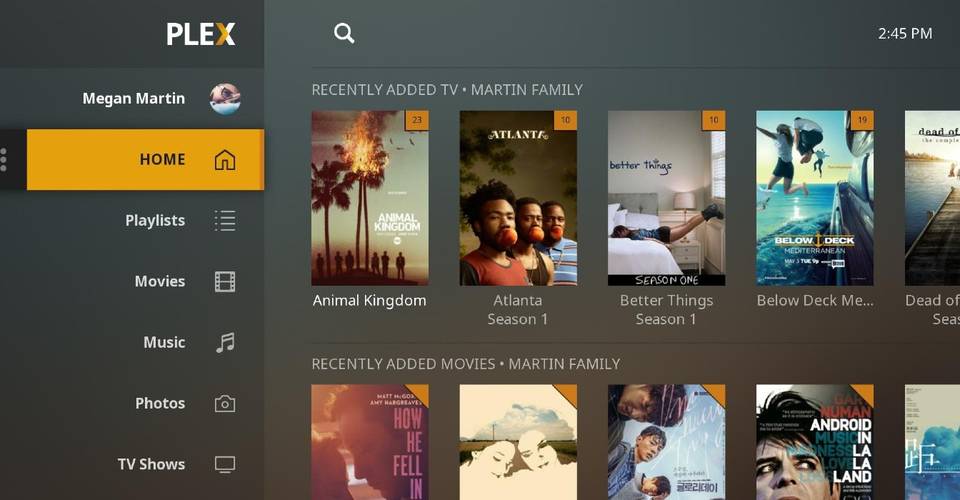Next-gen gaming is understandably the main selling point of the PlayStation 5, but that’s not all the new console will have to offer when it launches next month. Sony has confirmed that the PS5 will support multiple streaming apps at launch, and now one can add Plex to that list.
While the likes of Netflix, Hulu, and Amazon Prime Video have been dominating the busy streaming market, Plex has managed to carve a niche for itself by offering more than just streaming. In addition to a wide selection of movies, TV shows, web shows, and live channels, the service doubles as a media hub, allowing users to organize their personal photos, music, and movies and access them from multiple devices.


